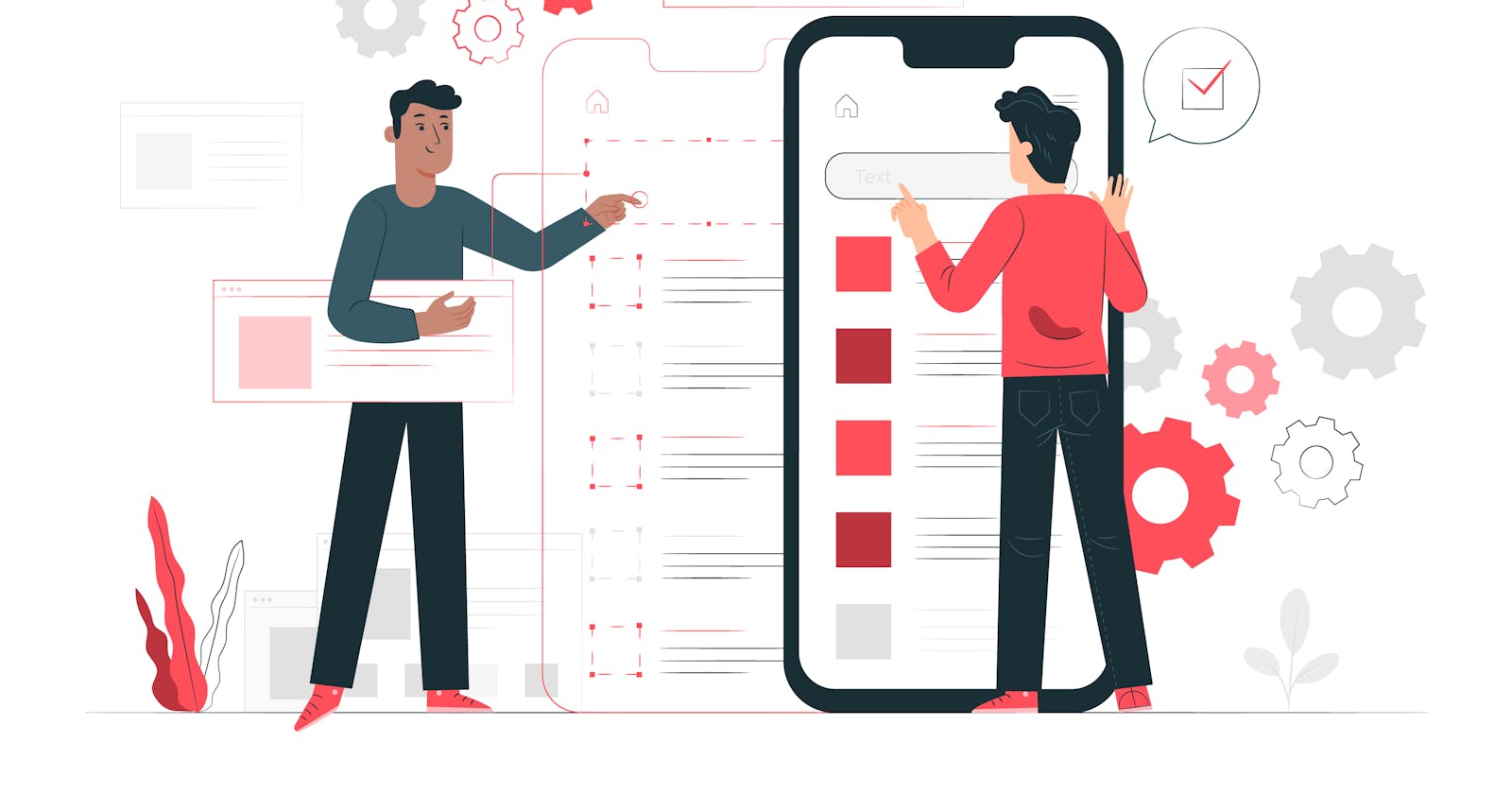With the rise of Node.js development, the demand for developers with proficiency in the language has grown exponentially. But, as any seasoned developer knows, coding is only part of the equation; deploying and maintaining a successful Node.js app requires best practices that promote scalability and reliability. This blog post will explore some of the top must-follow best practices for Node.js app development. It would support you in ensuring your project runs smoothly and efficiently every time. Read on from code organization to deployment processes to discover all the essential tips to help make your next Node.js project a success!
What is Node.js App Development?
It is the process of developing applications using the Node.js platform. Node.js is a JavaScript runtime environment that allows developers to create scalable and efficient applications. Node.js apps are built using a modular approach, meaning each module handles a specific functionality. It makes it easy to scale and maintain the application as new features are added, or existing ones are updated.
Best Practices for Node.js App Development
To ensure that your Node.js app is developed according to best practices, there are some essential guidelines that you should follow:
Use Asynchronous Programming: One of the main advantages of Node.js is its asynchronous programming model, which allows you to handle multiple concurrent requests without blocking the main thread. To take advantage of this, you should asynchronously structure your code using callback functions or Promises.
Handle Errors Gracefully: Since JavaScript is a dynamic language, errors can occur at runtime unexpectedly. It's essential to have solid error handling in place, so your app doesn't crash when an error occurs. It would help if you used try/catch blocks around code that could potentially throw an error and log any errors so that you can fix them later.
Use Dependency Injection: Injecting dependencies into your code can make it more testable and reusable. Rather than hard-coding dependencies into your modules, use a dependency injection library like InversifyJS to inject them.
Use Node Package Manager (NPM) Init: NPM is considered the most crucial tool after Node.js. It fetches any packages (JavaScript libraries) that are required when developing, testing, or deploying an application.
Managing Environment Variables: Your desired operating system helps set environment variables. They separate the logic of the application.
Split the Entire Program into Smaller Components: Maintaining a sizable code base puts the application at risk of slowing down. It is when developers try to add new features. Though instead of dividing the code into components, you can provide each one its folder or dedicated codebase.
The good option is to break down the entire stack into independent parts. Ensure these stacks don't share files; each can consist of just a few files like an API, service, data access and test. Separating the component files will make your mobile app more scalable.
When it comes to Node.js app development, there are certain best practices that every developer should follow to create a high-quality, stable application. These best practices can be divided into coding style, design patterns, and performance optimization.
Conclusion
Following best practices in Node.js app development is an important task that can save you time and money in the long run. I hope this article has given you some insight into these best practices. And how they can help make your development process smoother and more efficient while ensuring a high-quality product. Suppose you are looking to create a high-performance application, then a specialist Node.js web development can help you develop a custom solution of your choice.

